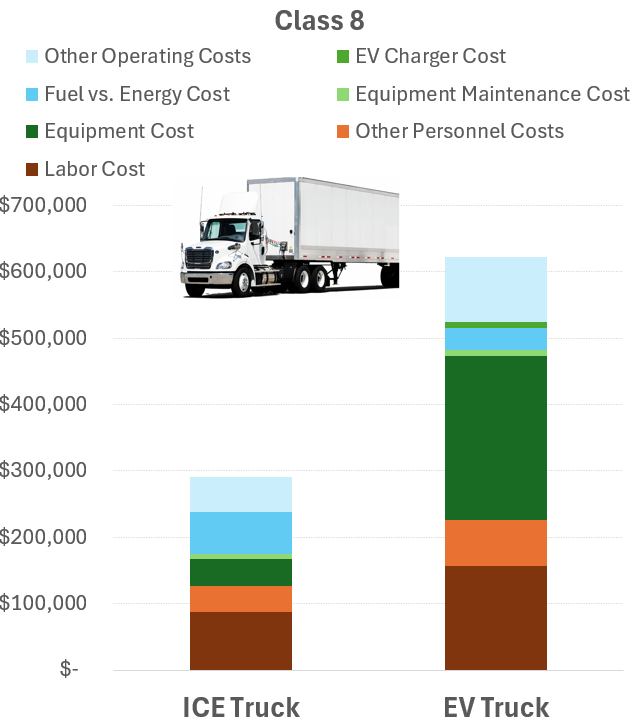
Total Cost of Transportation Analysis for a Heavy-Duty Fleet
![]()
A new study shows that switching to a Class 8 truck can more than double the total cost of transportation. Here’s a summary.

![]()
A new study shows that switching to a Class 8 truck can more than double the total cost of transportation. Here’s a summary.

![]()
The ACT Expo, 2024 covered all aspects of the latest technologies for commercial vehicles and provided a unique forum to discuss the “reality” on the ground for the energy transition. Here is a summary in pictures.
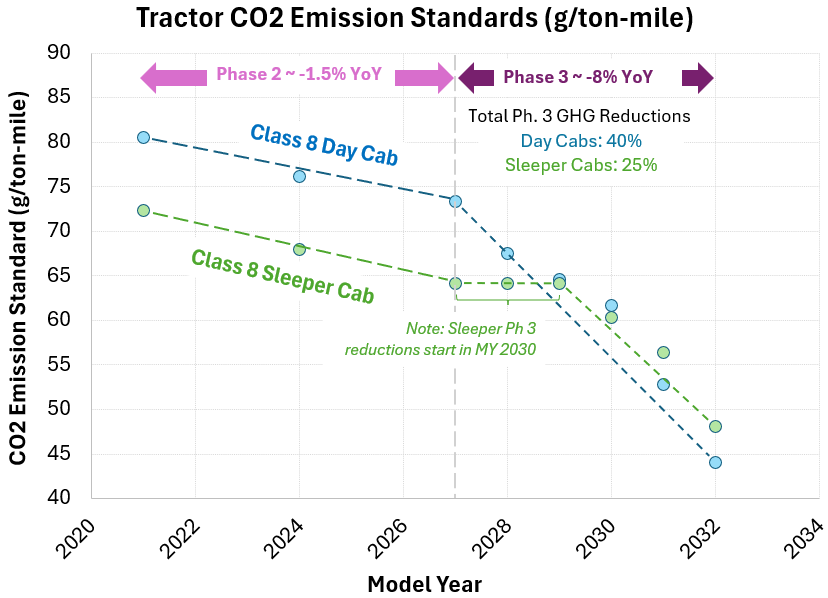
![]()
The U.S. EPA has finalized the Phase 3 GHG rule specifying CO2 emission reductions from heavy-duty trucks and buses over MY 2027 – 2032.
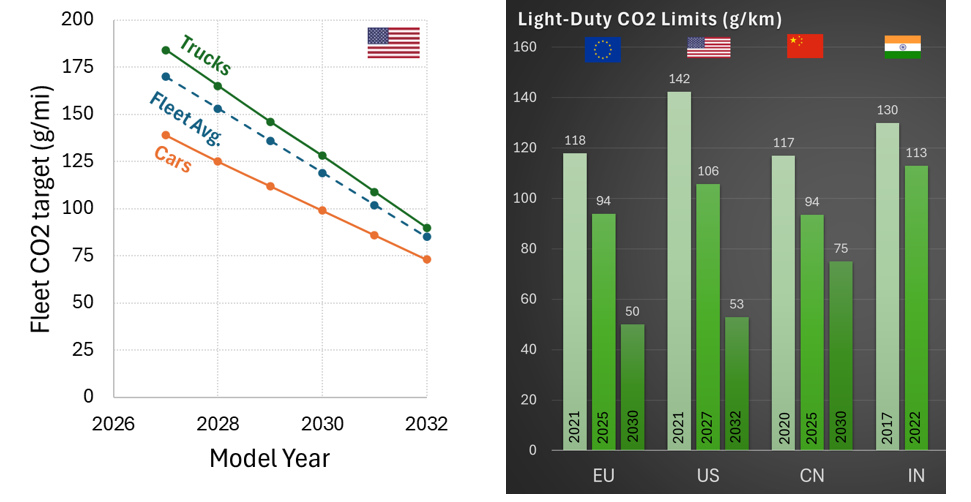
![]()
The EPA final rule will require a fleet averaged 50% reduction in CO2 emissions for light-duty vehicles, over MY 2027 – 2032.
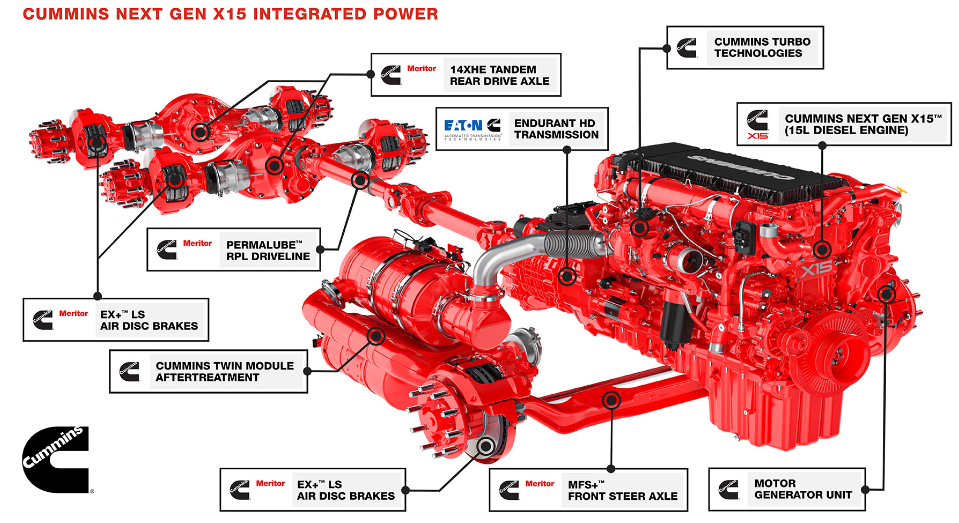
![]()
Cummins has announced the next generation X15 diesel engine with improved performance and meeting the MY 2027 EPA/CARB Low NOx regulations.
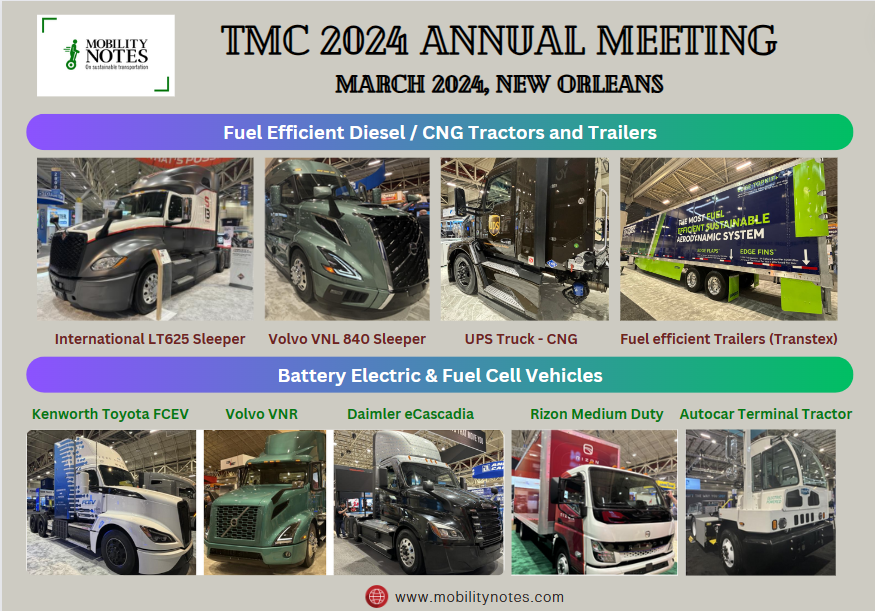
![]()
A visual summary of the TMC Annual Meeting and Transportation Technology Exhibition, held in New Orleans, March 2024.
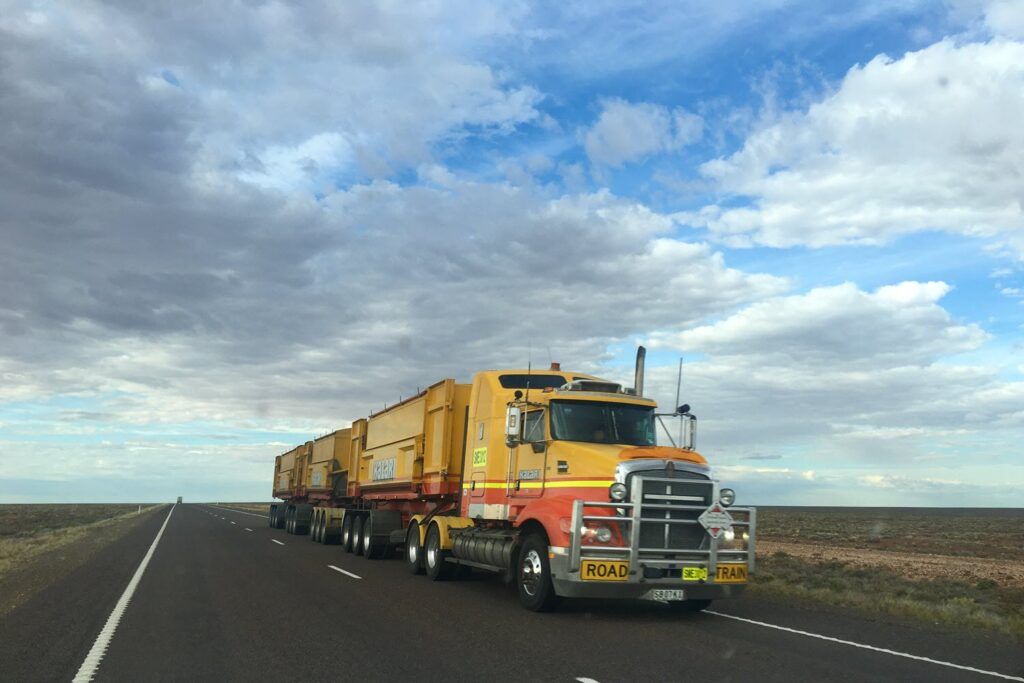
![]()
Given the lack of MY 2024 compliant new engine introductions, California has proposed an amendment to its low NOx omnibus, providing more flexibility for legacy engines.

![]()
California and Truck & Engine Manufacturers have reached a deal on low NOx and electrification targets in the state. This paves the way for more regulatory certainty but the challenges ahead are not diminished.
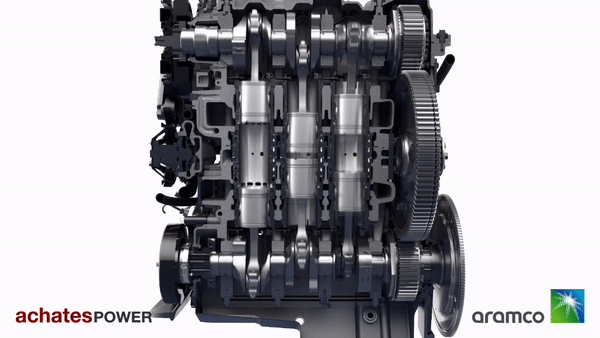
![]()
Opposed piston engines are being developed as a tool to reduce CO2 and NOx emissions from heavy-duty trucks. Here’s a deeper look into this technology and recent test results.
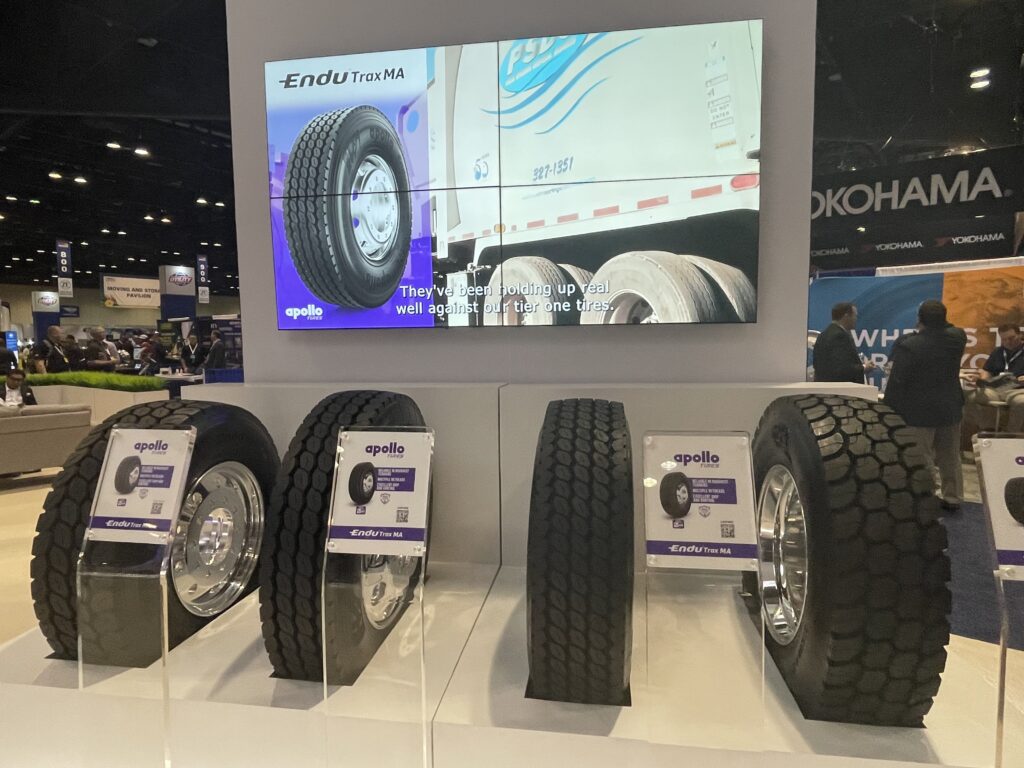
![]()
Tire manufacturers are developing the next generation tires for light- and heavy-duty vehicles to address the new performance and sustainability needs of electrified fleets.